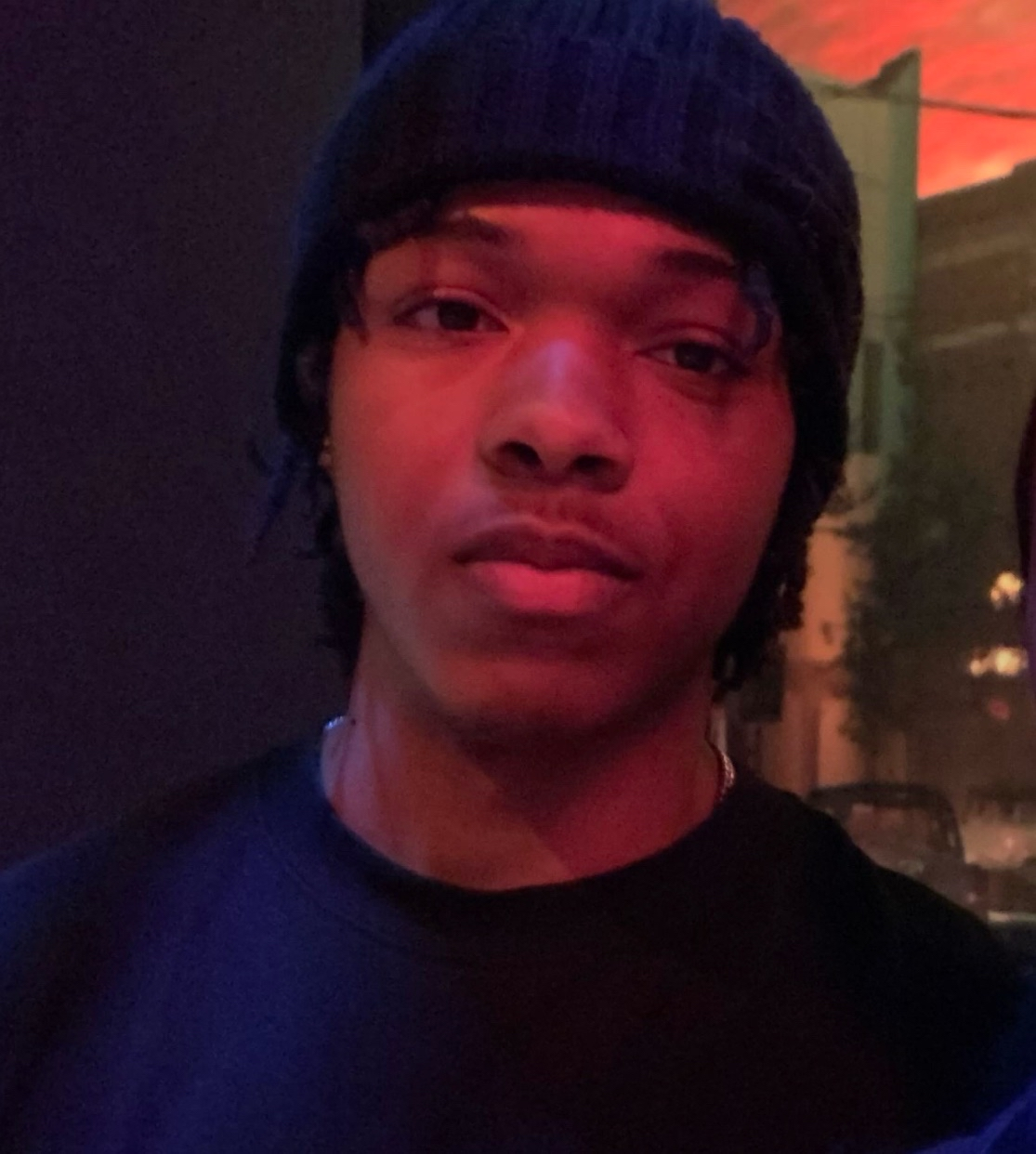Grace in Adversity
— Joshua Turner, 17
The sound of my knee snapping out of place echoed through the stairwell. Out of breath, pain shooting up my leg, not for the first, but probably for the thirteenth time. I stood still, knowing I had to make a decision. I could undergo surgery to fix my knee or continue living with dislocations.
Logically, surgery made sense. It promised relief from the misfortune following me since the fourth grade, but came with burdens. Months in a wheelchair, possibly stunting my growth, countless follow-up appointments, physical therapy, and medication were burdens that would fall on my family, who were already working hard to balance my financial needs. It felt like the surgery might fix one problem while creating many more.
Faced with my crisis, I decided to accept my natural, God-given body and embrace the pain that came with it.
At first, this meant attending physical therapy sessions. Therapy was a rough transition period, as my entire life had revolved around sports before the injury. Old team friends slowly faded, my athletic figure eventually deteriorated, and the skills I had worked so hard to accumulate up to that point suddenly became useless. I felt lost, and all I could do was focus on strengthening the muscles around my kneecap to reduce the dislocations. But that wasn’t all I could do.
With intensive research, I dove into lifting, nutrition, and self-care. What began as a chore turned into a passion. I developed pride in my discipline and the drive to strengthen every part of myself. I was not simply keeping my knee in place but reshaping my identity.
I always knew that playing sports took up much of my life, but I was never fully aware of how much it took. I quickly realized that lifting weights and eating clean were nowhere near as time-consuming as an actual sport. I had time to fill. So I turned to art, something I had always enjoyed but never stood out in -- just one of many students with a paintbrush. With my newfound time and energy, I pushed myself harder, spent extra hours in the studio, and started seeing substantial progress.
Mining elements of my heritage, faith, and history, my AP Drawing portfolio grew into something I was passionate about. After using my art to explore and understand my family history as I uncovered it, I entered my first art contest, and to my surprise, I won.
Persecuted placed first in Mayor Brandon M. Scott’s city-wide Black History Month Art Contest, and my other piece, Cecily’s Story, placed third. Persecuted depicts the suffering of early Christians. I painted two rope-bound hands in black and white, with a chain and cross hanging below. The powerful image captured both oppression and faith. Cecily’s Story, by contrast, depicts my grandmother smiling in vibrant color. Behind her, a black and white background told her story: her baptism at a Billy Graham rally, portraits of her son Daniel, who died unexpectedly at 23, her husband, and her mother, and a cross above it all. Each section reflected her journey as well as my own by extension.
These pieces were more than art; they were the fruit of my growth. If I had chosen surgery, I might have pursued sports more seriously. I might never have spent those long hours in the studio or built the structure and discipline that now define me. I would not have found the time and space to uncover my potential as a creator.
The dislocations didn’t stop; they still happen, but the life I built around them changed me. I became someone who could calmly embrace major setbacks and find new angles around them, transforming my limitations into fuel for productivity. I found peace in places I hadn’t expected: in stepping back between paint strokes, in the silence between gym sets, and in the moments of stillness and reflection after my adversity.


